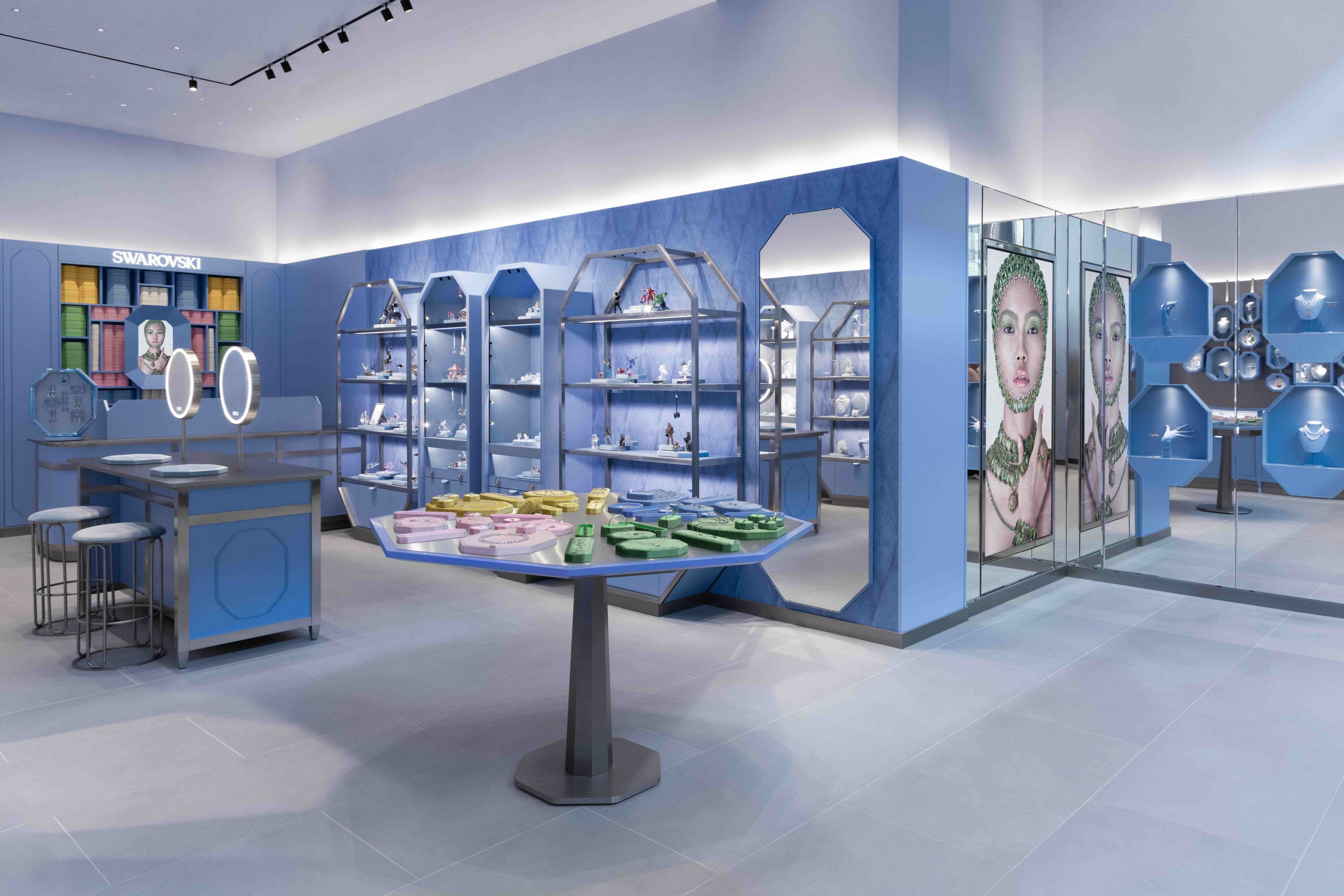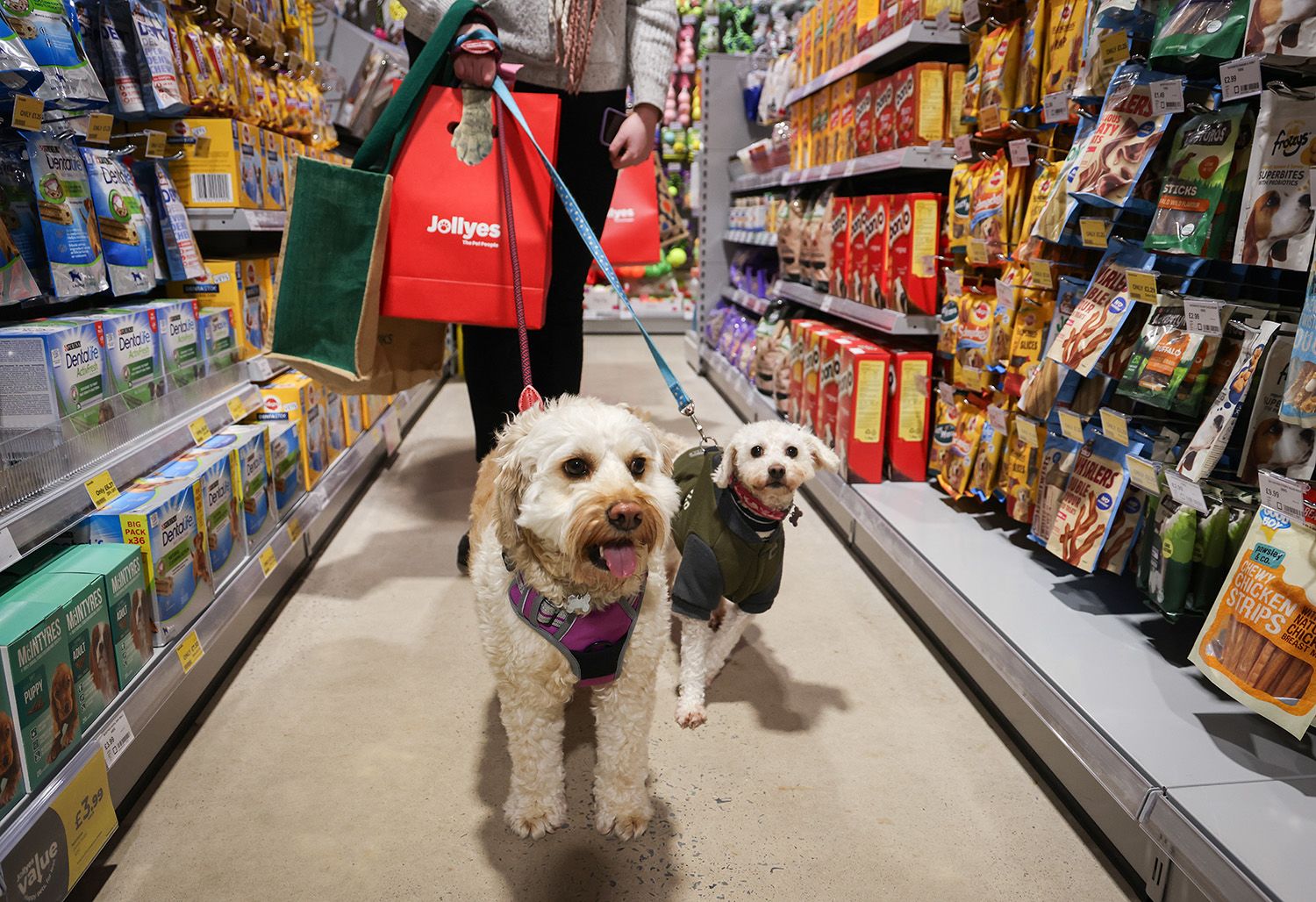
This year’s research shows a continuation of the trend we have seen via our annual interviews for this flagship report, namely that ecommerce is growing in importance for retail leaders in terms of channel mix.
Our research finds that the retail leaders we interviewed think ecommerce will increase from 39% of sales to 43% in the next three years, with store sales decreasing from a 52% share to 46%. The ONS figure for ecommerce as a percentage of retail sales has sat around one-quarter for the last year, aside from November to January when online sales tend to jump annually. In June, ecommerce sales were 26% of total retail sales in the UK.
Online boost
Online development continues to be an area of focus for many retailers.
Seasalt wants to bolster its online offering by “leveraging data and insight to improve marketing effectiveness throughout the customer journey”, which it hopes will improve conversion.
Hayes says this will involve “a holistic digital marketing strategy by channel, shared KPIs, improved reporting, testing and programmes of continual improvement”, as well as working hard to identify the strongest marketing contributors to success.
He notes that Seasalt will be “implementing customer segmentation strategies across channels” as personalisation and relevancy become more of a factor in messaging.
The Very Group’s Feather thinks the dip in online retailing experienced by the industry post-pandemic was temporary.
“While stores have had a boost post-Covid, I think if you look at the forward forecasts, online is still where we‘ll see the most growth,” he says.
“We‘re re-platforming our website; it‘s the most obvious place for us to invest, it is our shop. It‘s our shopfront. We will also be doing more around new delivery options.”
All this, of course, doesn’t mean stores are in major decline – as we showed in chapter two, there is a healthy investment focus on physical retail – but it does mean retailers are combining their channels and often fulfilling online orders via shops.
This year also sees a slight uptick in retailers making sales from wholesale, from 9% in 2024 to 11% in the next three years. This is indicative of retailers looking to diversify their routes to market, and is exemplified by the likes of Seasalt, Sosandar and Cook expanding their partnerships with third-party retailers to boost exposure of their products. For example, Seasalt works with M&S, Sosandar has a wholesale partnership with Sainsbury’s, and Cook can be found in more than 350 independent food retailers and farm shops.
Store location and function forever evolving
Some 56% of the retailers we interviewed said they had a presence at retail parks and 53% at city high streets – these are the two favoured destinations for stores right now. Interestingly, when asked where they would like to open further stores in the future, these locations were the most popular again – at 26% and 29%, respectively.
Waterstones has a different tactic, with Daunt saying: “New openings skew towards shopping centres, and that‘s simply because we‘re in most high streets. We‘ll never open where we‘re in competition with an independent bookseller.”
Close behind in the future store location plans of the leaders we spoke to is concessions (24%), which has been a noteworthy area of development in recent years – highlighted by success stories such as Nobody’s Child in M&S, which began in 2023, and Mamas & Papas in Next, which started in 2019 but has accelerated in the last few years. Holland & Barrett also partnered with Next in July 2024 as the concession model continues to gain traction for those retailers that have previously not tried it.
“We‘re just starting to explore concessions now,” explains Hera CEO Beadle. The fashion brand opened a pop-up in Fenwick stores in Newcastle, Brent Cross and Kingston in May, and is investigating further partnerships such as online with Asos.
At Seasalt, which now operates 44 concessions in the UK and Ireland, Hayes notes: “Partner growth is key to success in the US for us – to deliver scale for the size of investment.
“We will continue to develop department store concessions in key international regions and other store partnership opportunities.”
Stores as marketing
The function of retail stores continues to change year by year. Swarovski’s Ash calls them “the first point of truth for the customer for our brand”.
“We need great stores to drive a great brand proposition. We can have the best marketing in the world, but if our stores aren‘t up to scratch then the customer will feel disappointed in the brand when they visit. Ultimately, the store offers a full 360-degree brand engagement.”
That concept of the store as a key part of the marketing mix resonates with several of the retail leaders we interviewed.
Jollyes’ Wykes says: “By opening new stores, we do grow brand awareness and we even see that when you open a store in Scotland you get a bit of a positive halo effect in the north of England.
“Your brand awareness grows, so people are like: ‘Oh, I’ve heard of Jollyes – I’ll go to it’’.”
Blakely, which is primarily an online brand but has a store in London‘s Westfield Stratford City, reports a similar situation. Founder Newman comments: “It serves as a bit of a marketing channel, definitely for the local people around that area.
“It also gives customers the opportunity to try things on before they buy them, and they can feel the quality, and they have more confidence. It helps drive online purchases, for sure, and just gives more confidence.”
Sosandar will hope for this outcome as it introduces stores to its proposition. Lavington wants shops to become “a material part of our revenue makeup going forward – certainly in three years‘ time”.
Fat Face‘s Crumbie calls stores “a key touch point for our consumer” and confirms that won’t change over the next five years.
“There’s a halo effect from searching online and going into stores – the multichannel journey is really, really important,” he notes.
“But, over the coming years, tasks in store are going to evolve. The increase in shoplifting requires more focus on that and ensuring people are visible on the floor, rather than working on some of the back-of-house tasks.”
BP is looking at new formats for its stores as society changes, and is ramping up its focus on improving the food and drink offering in its convenience estate as a result.
“As you transition into the future electric vehicle world, people will need a location to rest, recuperate, recharge – not just the vehicles but themselves – and have food and drink and pick up items for later,” says Hayward.


In-store tech innovation
There is so much tech innovation going on in retail stores. Homebase, for example, is “focused on making it easy for customers to shop in our stores, and that means setting our frontline team members up for success”, according to McGloughlin.
A new till system has been introduced so team members can serve customers quicker and offer a better experience.
“All our team members now have access to an app, which allows them to stock-check, order products and make sure customers leave Homebase with everything they need,” the CEO states.
As retailers increasingly work with third parties in their stores to build out new routes to customers, new tech integrations are required. Majestic Wine, which already partners with Deliveroo and Uber Eats, and is planning to partner with Just Eat, is a case in point.
“We‘re going to put in a middle web platform, which basically consolidates all of those orders onto one system,” explains Colley.
“Whether orders come from any of those third-party partners, our colleagues just have it on one platform, rather than having three different terminals pinging all day in the shop. Not only does that improve productivity for our store colleagues, but it also frees them up to spend more time with customers and enhance their shopping experience.”
Topps Tiles’ Parker says typical dwell time in the retailer‘s stores is an hour, meaning that staff get “very involved” in a customer’s purchase journey.
He remarks: “Through technology, we think we can do more sales in the aisle, and help to provide more design advice and inspiration. We think that could be a really interesting journey to go on with colleagues, just to really help upskill [them].”
One womenswear retailer is even using Instagram to help train store staff and keep them up-to-date with news and achievements from head office.
Even the retailers that are in their own words “rudimentary” with tech in stores are looking at how to embrace it more comprehensively soon. Rapha chief executive Francois Convercey says omnichannel integration is a central focus for the cycling brand.
In the year to January 2023, Rapha reported a £118m turnover, compared with £132m the year before, and operating losses of £11m versus £7m in the previous 12-month period.
“We've got a customer base who are quite diverse and highly engaged, but we‘re quite rudimentary when it comes to proper clientelling,” Convercey notes, adding “there are huge opportunities to do it better” to promote limited collections and exclusive ranges, for example.
Delivering the goods
The three most popular delivery options among the retailers we questioned are next day (82%), named day (54%) and buy in-store, deliver to home (44%), but looking ahead, the propositions most retailers are looking to introduce in 2025 revolve around click and collect and on-demand delivery from store.
When asked what would be added to the delivery offering in 2025, 10% of retailer leaders chose on-demand delivery with companies such as Uber, 10% selected click and collect same-day in-store, 10% went for locker in a third-party store, 10% opted for locker in a garage forecourt or similar non-store location, and 10% plumped for a third party such as a convenience store.
Despite the lack of one clear delivery growth channel in the 12 months ahead, we can conclude that retailers increasingly see the store as a critical part of fulfilling online sales.
Rapha offers next-day delivery and three tiers of delivery windows. Click-and-collect in a store is “definitely” on the agenda, according to Convercey.
“It may be that we only introduce that in late 2025, but most likely early 2026,” he notes.
Retailers are striving to provide choice when it comes to delivery, according to our interviews. EE offers five fulfilment methods, says Meadows – but it is an area it is still developing further.
“We do recognise there are the likes of Deliveroo and this on-demand, ’I want it in half an hour‘ mentality that a lot of consumers have today,” she notes.
The concept of ’I want it now. I don't want to wait’ is a customer desire EE doesn’t want to ignore, Meadows remarks.
Primark’s Marchant seems adamant that click-and-collect is where the focus is from a fulfilment perspective – no lockers or wider online home delivery is on the cards at the fashion and homeware retailer.
“We have order today for collection in two days’ time or in three days,” he explains.
“You can nominate a seven-day window in which to collect it. So, you can say: ’Actually, I want to order it today, but I want to collect from next Wednesday because I‘m away on holiday for a week‘ or ’I want to collect two weeks after that‘.”
At the time of writing, 57 Primark stores offer click-and-collect. The retailer has tentatively rolled out the service – first with 25 stores in November 2022 and then a further 32 from autumn 2023 – and the whole of its England, Scotland and Wales estate will have the service by the end of 2025.
“The feedback from customers has been very positive that they‘re able to, as I say, get more access to more of the things they love about us, and have a clear view of when it‘s going to be available.”
